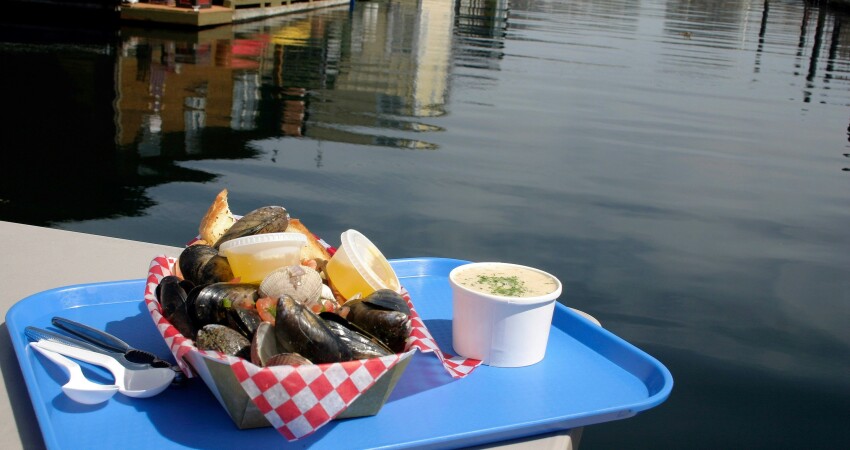About 45,000 New England students have been offered locally sourced seafood as part of the Gulf of Maine Research Institute’s (GMRI) initiative to increase fish consumption in school lunches. The initiative is called “Sea to School,” and the sustainable seafood team aims to increase the access and amount of seafood in public schools.
As of 2024, GMRI has partnered with nine school districts throughout the area to help introduce seafood to students through education. Money was used from federal and local grants to implement the distribution in K -12 schools. Their goal is to improve access to local seafood and have fish offered more than once a month.
The Sea to School goals are to:
- Increase the amount of local seafood served in schools in New England by partnering with school food service staff and student ambassadors.
- Develop culturally diverse local fish recipes to provide immigrant students and students from diverse backgrounds with familiar flavors and preparations.
- Develop and strengthen education around local seafood in schools throughout New England.
In a WMTW interview, Sophie Scott, the sustainable seafood program manager at GMRI, explained, “Whenever we talk to people about getting more fish in front of kids, the initial reaction is, ‘Oh, kids don’t like seafood. They’re not going to eat it.” However, that has not been what the institute has observed in the four years that this initiative has been in the works.
70 to 80 percent of the students surveyed after taste testing said they enjoy eating fish. Mary Emerson, the school nutrition director for the Westbrook, Maine School District, shared that serving fish in familiar forms is more well-received by the students.
“We find that fish, like a baked fish, might be something they haven’t tried before,” she said. “But sometimes, the fish sticks and fish sandwiches- those are something they are more familiar with, and they’ll accept a little bit better.”
During the Sea to School project in 2021 and 2022, the seven participating schools served more than 11,000 pounds of local seafood, which resulted in $55 thousand in value to the local seafood economy. According to GMRI, the amount of local seafood served increased by 80%, and of the students who tried local fish, 76% said they loved it.
United States Department of Agriculture (USDA) guidelines suggest that school-age children should eat four to ten ounces of seafood per week. Still, a report by the Government Accountability Office (GAO) found that the USDA only purchases about 3.4 ounces of seafood per student yearly.
Senator Jack Reed (D-RI) has advocated for getting more seafood into schools and released a statement in Dec. 2022. Senators Reed, Merkley (D-OR), and Balwin (D-WI) sent a letter to the GAO requesting a study on the factors that limit USDA seafood purchases through the Commodity Purchasing Program, including for the National School Lunch Program.
“Putting more seafood on the menu in school cafeterias is a win-win-win: it’s nutritious, cost-effective, and sustainable—so it’s good for kids, the economy, and the planet. And it tastes good, too,” Senator Reed shared in the 2022 news release.
“If you want kids to grow up healthy, we have to serve them healthy food that they’ll actually eat. U.S. dietary guidelines recommend eating seafood two times a week, but the USDA only purchases enough seafood for about one serving per student for the entire year. That needs to change.”







